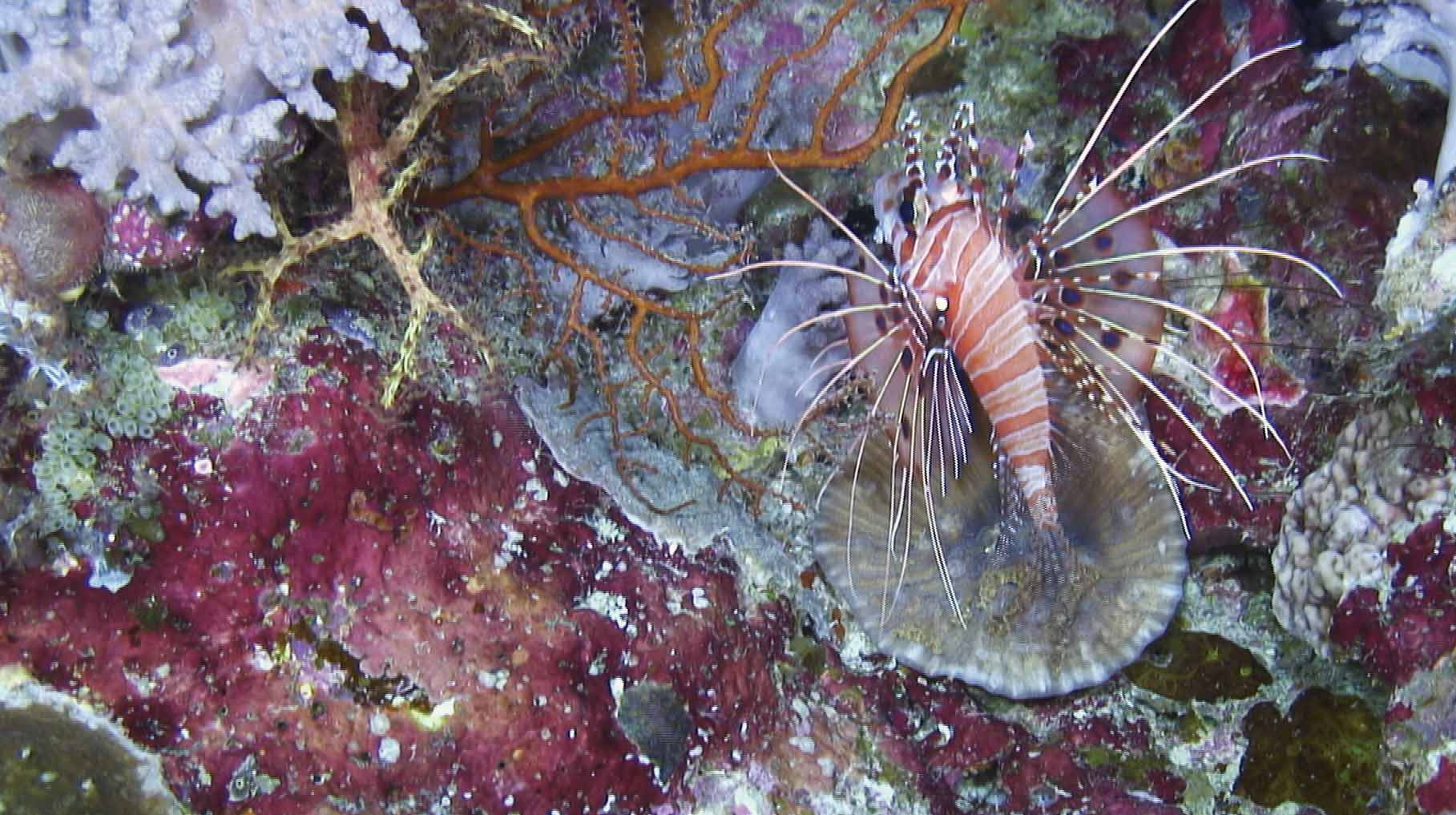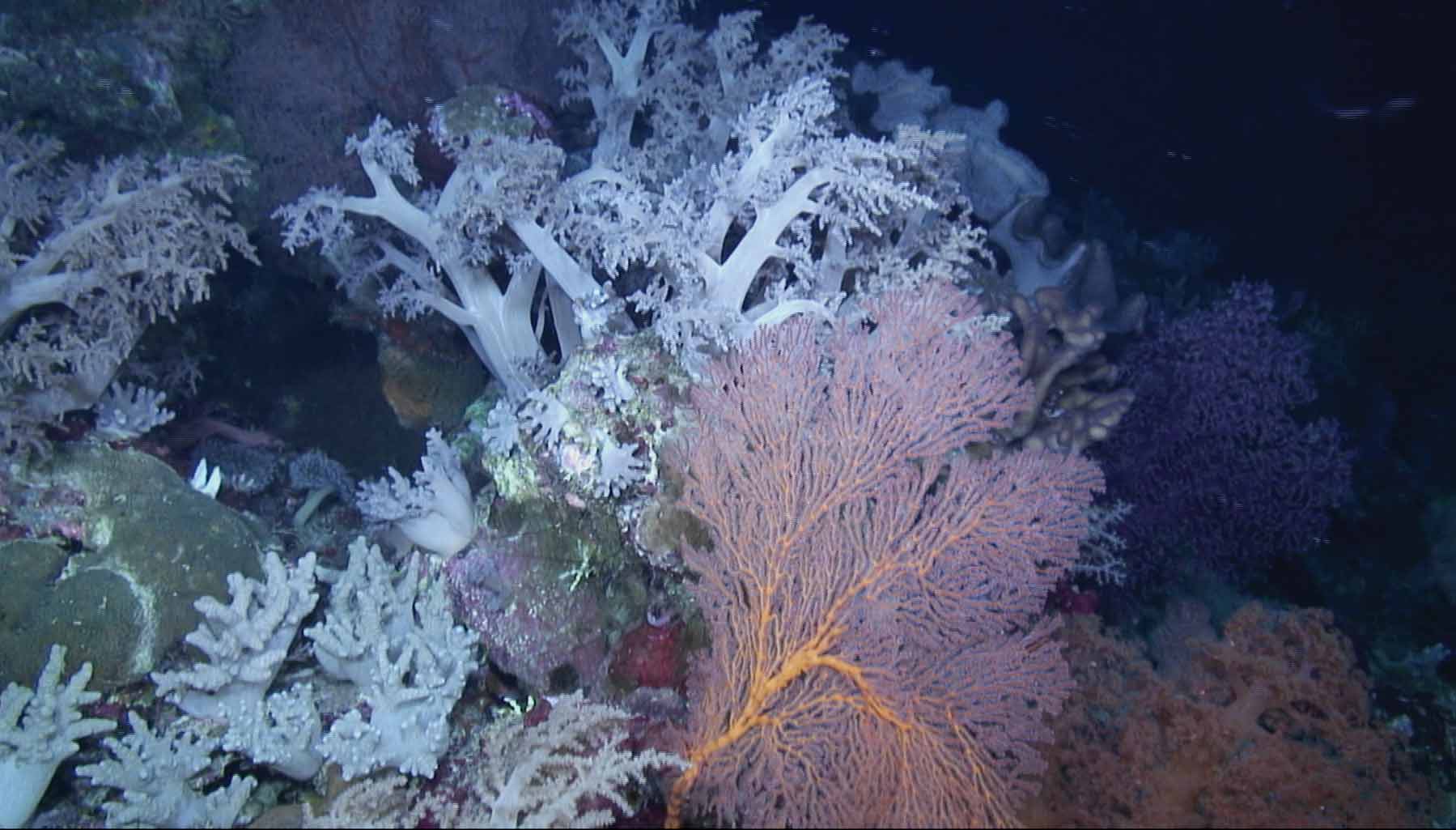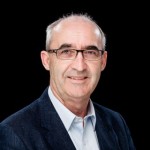Collaborating Institutions
A second expedition to Scott Reef in the Timor Sea took place in the spring led by Professors Greg Ivey and Ryan Lowe from the University of Western Australia (UWA), and co-led by Andrew Heyward from the Australian Institute of Marine Science (AIMS). The goal of this project was to characterize the biophysical dynamics in one of the world’s most energetic tidal regions, where tide ranges reach 11 m, and huge volumes of water flush on and off the continental shelf. These tides generate powerful currents and mixing processes that support nutrient delivery to coral reefs in a place that would otherwise be an oceanic desert.
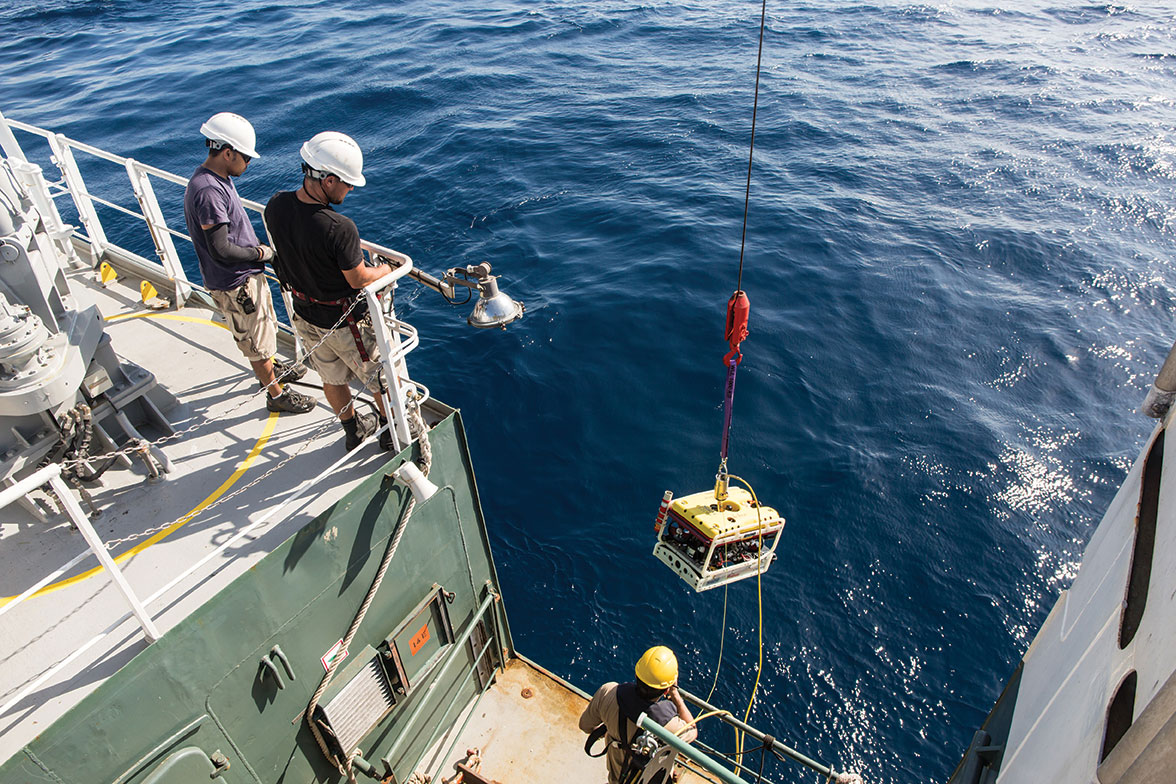
In the deep central channel of Scott Reef, the team recorded currents in excess of 1.5 m/second at more than 200 m depth. The structures around the remote region are known to support extraordinary biological communities, but the linkage between the physical oceanographic processes and the biodiversity of these emergent and submerged reefs has remained unexplained.
To better understand the biological and physical connections between the surrounding ocean, lagoon, and reef systems, the science party installed moorings at 27 separate sites, ranging in depth from 1 to 400 m of water. The moorings held sensors allowing them to be equally spread between the surface and the seafloor, enabling the science team to observe ocean currents and temperatures at various depths. The sensors measured average currents, the intensity of turbulent mixing, temperature, salinity, and a range of biological and chemical parameters. The resulting data reveal very different hydrodynamics in the Northern Scott Reef lagoon compared to the adjacent South lagoon. Of the nearly 50 instruments on these moorings, the team had almost 100% data return, a very rare occurrence.
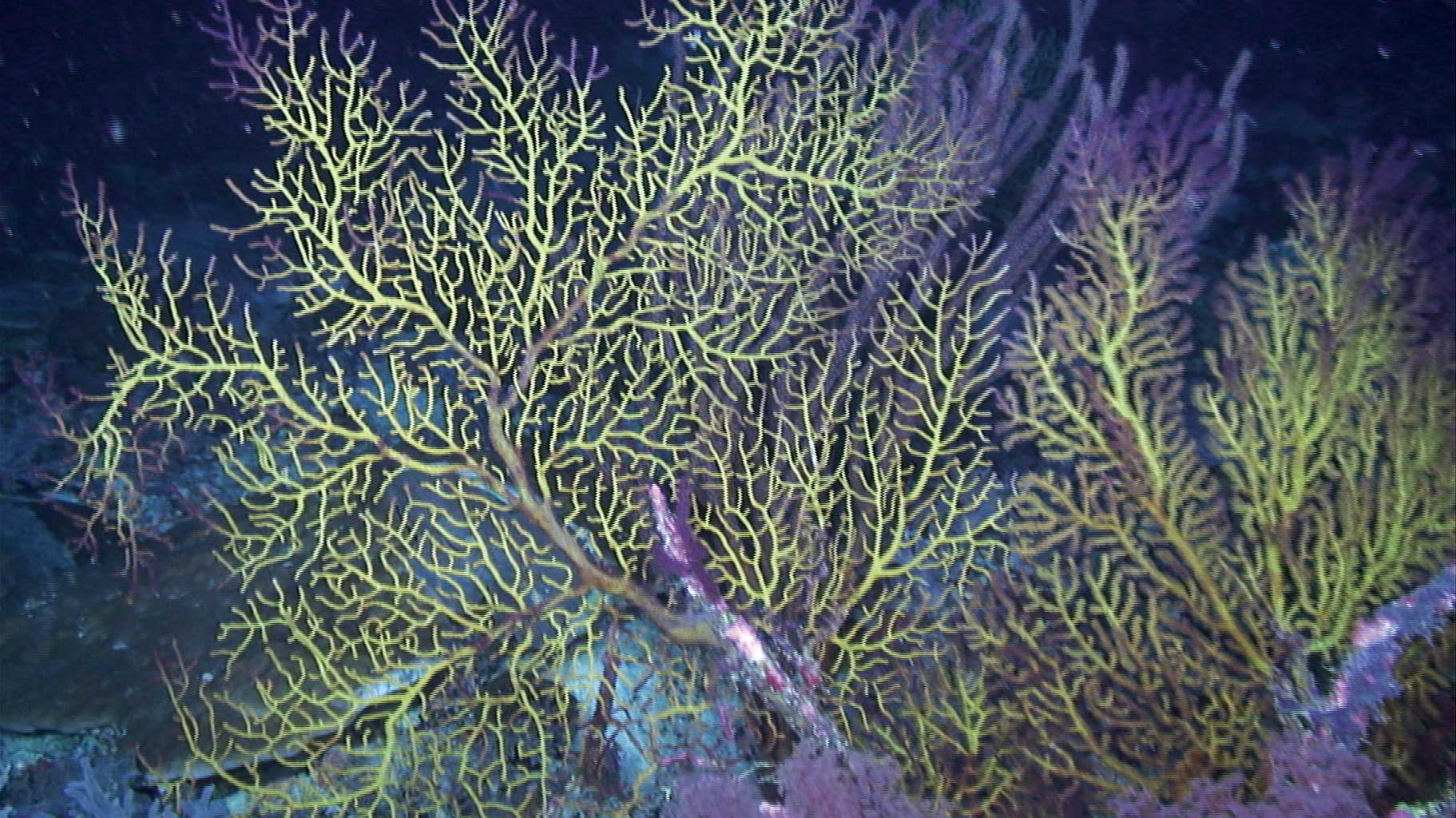
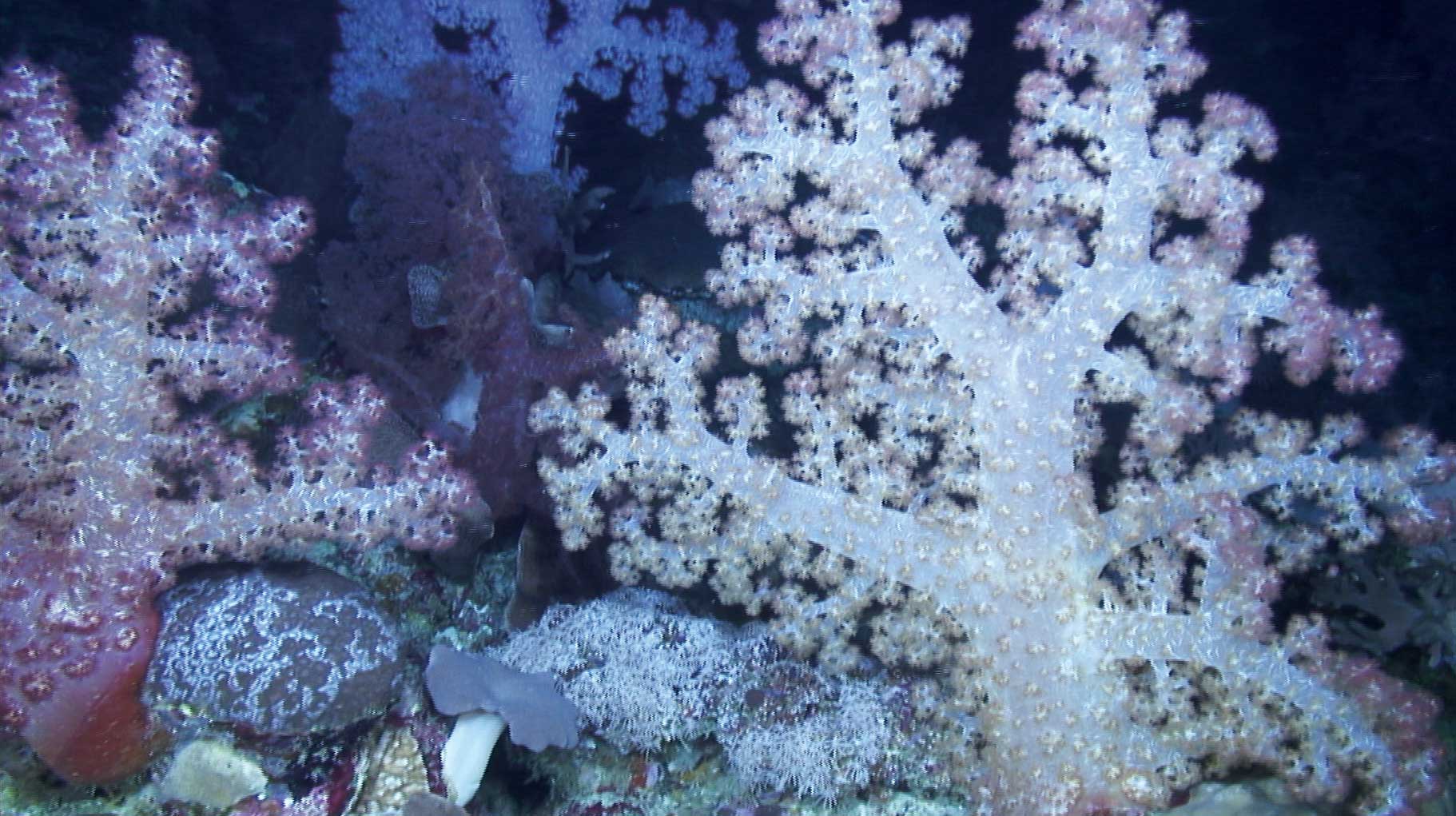
On Falkor, scientists deployed the TurboMAP turbulence probe and Schmidt Ocean Institute’s 300 m remotely operated vehicle. All 64 of the ROV dives totaling 77 hours were broadcast live to over 2,600 viewers. Scott Reef appears to be a healthy reef system and the team was pleased to see that the coral habitats are highly significant in their spatial extent. This is especially true for the deep coral assemblages that the team observed in the central lagoon. Deep-water coral communities have been documented in other regions around the world. However, it is likely this single mesophotic reef lagoon system accounts for a large portion of this coral habitat type throughout the entire Australian Northwest Marine Bioregion.
Historically, the shallow areas of Scott Reef have periodically been disturbed by coral bleaching events and storms, but the impact of these changes on the deeper lagoon is likely to have been much less. Identifying which coral species occur in the deeper lagoon is important for providing a measure of biodiversity and understand the potential for the deeper area to provide a reservoir of species.
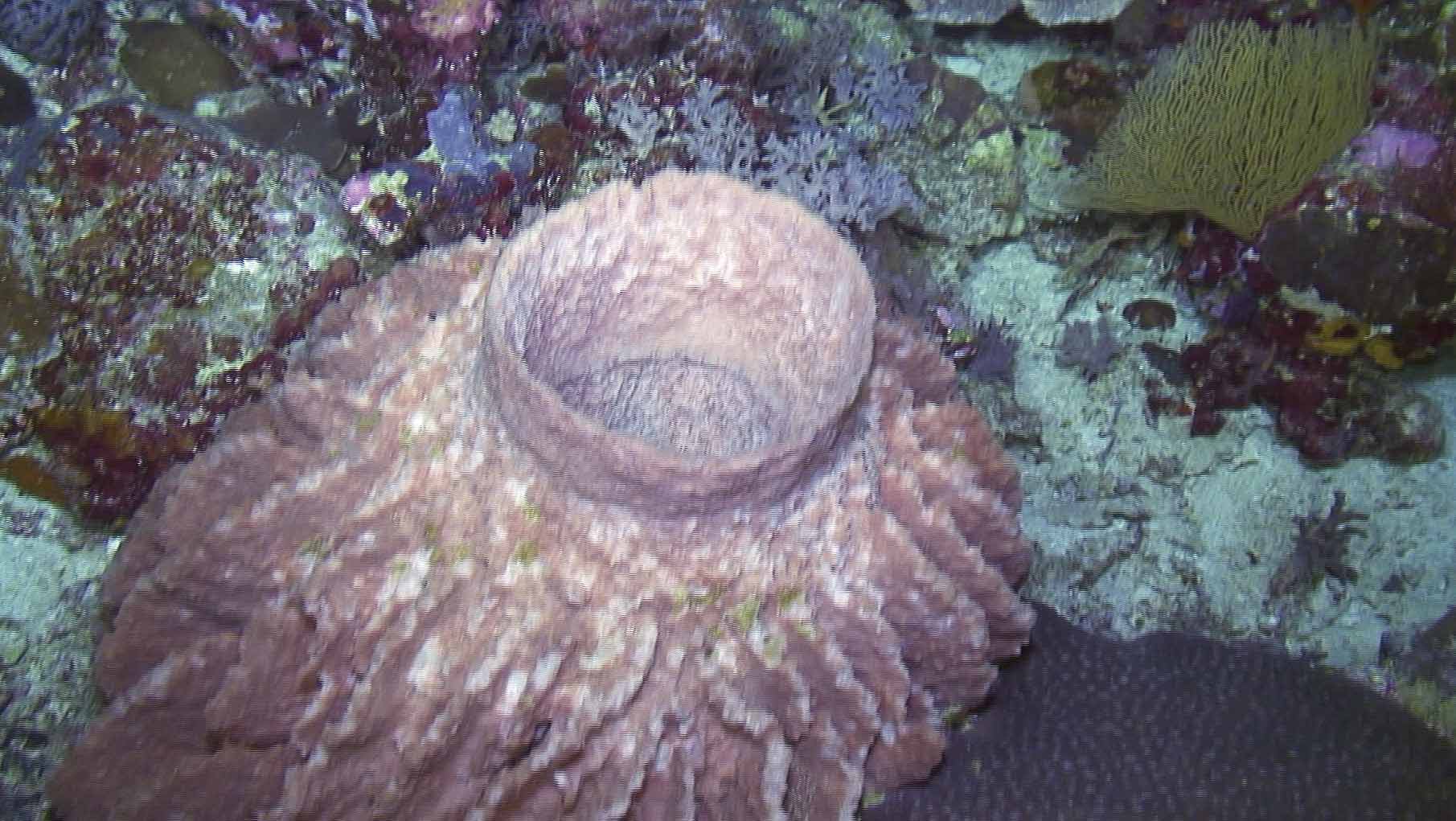
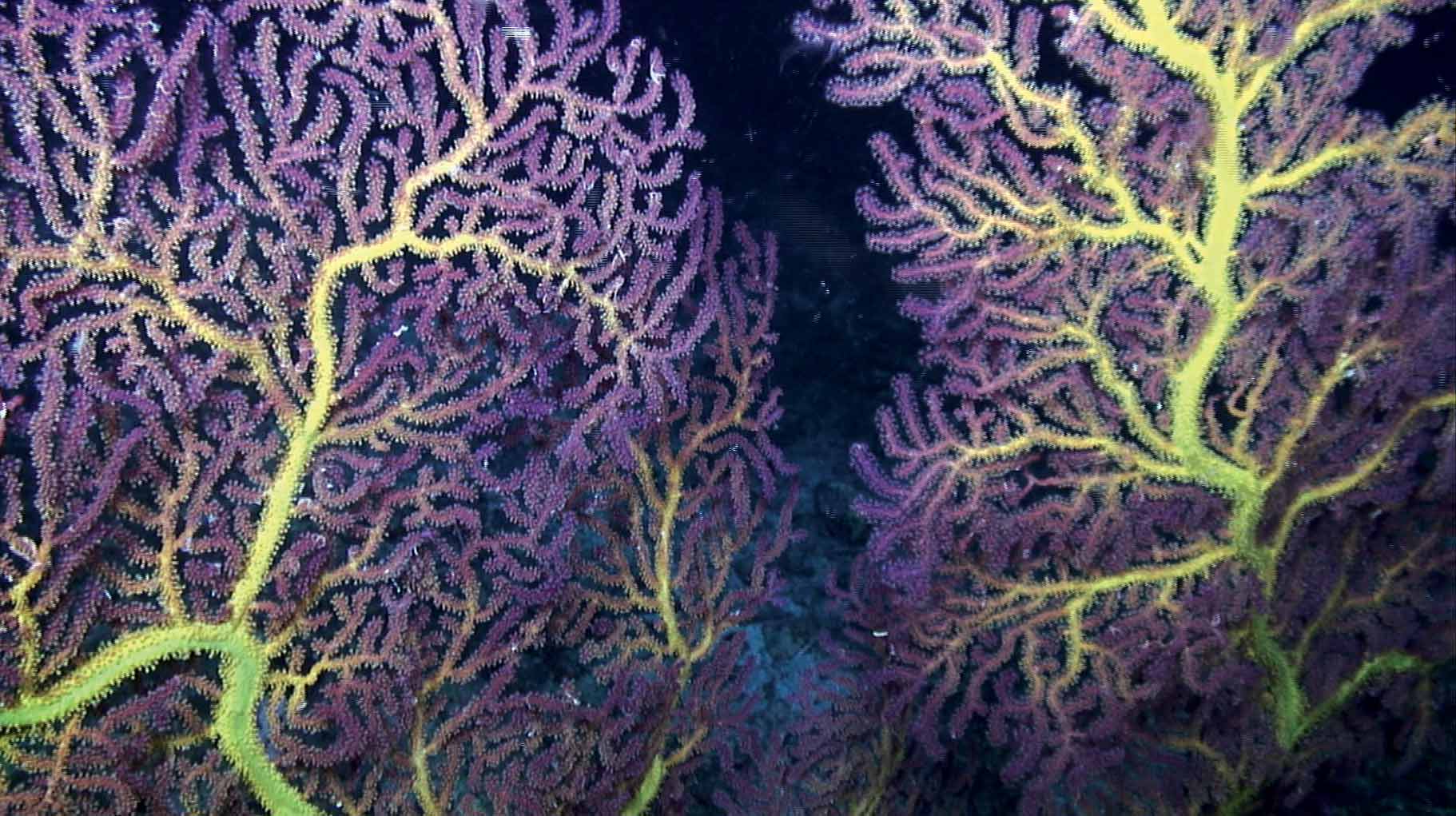
Being able to run a high resolution ocean circulation model on the ship’s supercomputer to forecast currents and temperature fluctuations proved invaluable in planning our daily schedules and in interpreting the data.
— Greg Ivey

Due to the high rate and variability of the ocean currents in this region, it was not practical to predict the flow patterns ahead of the cruise. Every night, the science party combined weather data with shipboard instrument measurements into a high-resolution model running on Falkor’s high-performance computer to generate current forecasts for the following day. This process allowed the team to adjust the research activities with very high precision. For example, on some occasions, Falkor had to be positioned with spacial accuracy of just 200 m (three times the ship length) within minutes, to collect the 1.5 m/second peak current measurements at 200 m depth.
A wide range of tidal conditions displayed on the team’s array of temperature sensors and current meters revealed how the combination of breaking internal waves and strong tides collectively drive transport and material exchange into and across the reef. Professor Ivey estimates the cruise collected close to 16.5 terabytes of data. Through continuous 24 hour operations on Falkor that integrated both oceanography and benthic habitat mapping, the scientists now have a unique opportunity to assess how the hydrodynamics, nutrient, and heat fluxes shape the spatial ecological patterns documented within Scott Reef and its surrounding shoals. Chief Scientist Greg Ivey agreed “the cruise integrated physical, biological and chemical oceanographic measurements to understanding the ecological functioning of one of the world’s most unique deep-water mesophotic coral reef systems.”
